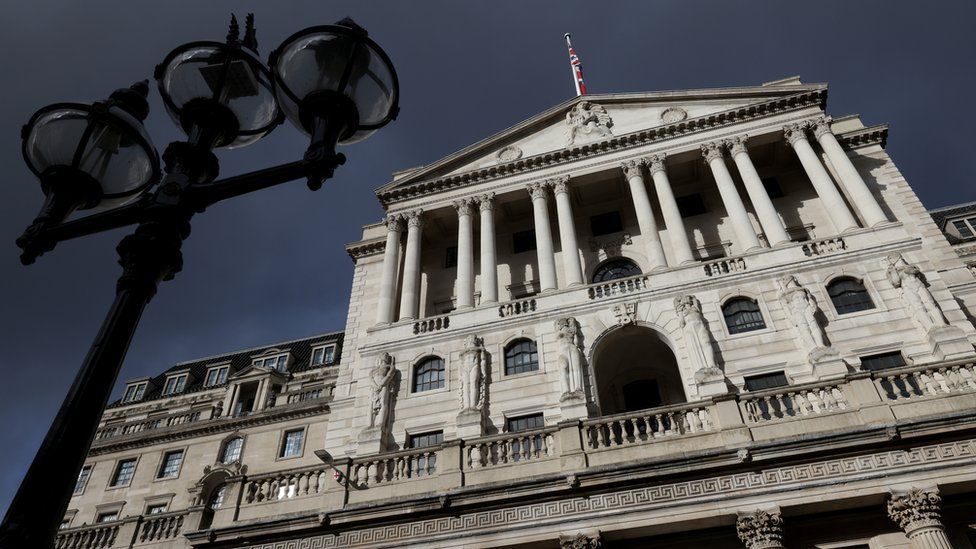FXOpen

There was really only so long that the central bankers could hold out before they begin to unleash the inevitable.
Possible interest rate rises have been the subject of speculation for most of the past year, however the vast majority of central banks across the world, including all of the central banks in major economic centers which are home to major currencies, have been doing whatever they can to keep the interest rates down.
That is because those with a long enough memory to remember the 1991 recession in which interest rates in Britain rose to almost 15% are fully aware of the consequences of the largest monthly fixed expenses of the majority of the working population increasing to unaffordable levels.
However, with inflation at extremely high levels, the vast majority of monetary policy meetings currently being held by central banks are fully focused on what to do with interest rates.
On one hand, they stay the same and almost all companies that rely on supply chain for materials for manufacturing, or companies that employ staff and rely on human resources, and firms that need to rent premises for their operations, along with many other permutations involving companies that have to sell their product or service at a certain price and then pay for their operating expenses which have been rising to extreme levels, would go bankrupt eventually.
On the other hand, if interest rates are increased in order to rectify the cost vs sale price issue for almost all businesses, borrowed money would become unrepayable for many households with mortgages, and many businesses which finance their operations on a monthly basis.
Either way, something will likely have to give.
Over the weekend, some analysts in the City of London have been vocal about this, predicting that there could potentially be up to five interest rate rises this year, potentially taking interest rates from 0.25% which is the current level, to 1.5% by the end of 2022.
OK, it is not the disastrous circumstance that decimated the retail economy 30 years ago, but things are very different today. Western economies are very highly leveraged, and the slightest movement matters. We have all been living in a period of over two decades of almost no market volatility, stable currencies and equities, and steady government policy.
Until March 2020, that is.
Now, someone has to pay for all of the closed economies, and it won't be the governments who instigated them, it will be the working people and the business community.
Nobody likes the idea of inflation being at a 30 year high and the possibility of higher interest rates, and stock traders have been taking a dim view.
The S&P 500 stock index declined by over 9% in January as of close of business on Friday.
In the United States, one of the most debt-based economies in the world, the Federal Reserve is looking to hike rates several times this year, echoing that borrowing costs will likely rise from almost nothing, to, well, something.
Given that the coastal areas of the country, New York State and California, are still saddled with restrictions and have had their economies decimated by lockdowns, this is not an ideal scenario.
Should interest rates rise to the extent that mortgages, credit cards, loans and business finance significantly increase, consumer spending is likely to decrease substantially, and consumer spending is a metric used by most economists, meaning that traders tend to take that metric as an important measure of the markets.
Those who trade the news would certainly look at this direction closely.
Additionally, this dampens the outlook for company profits and reduces investor enthusiasm for buying their stock.
Currently, economists, traders and investors are looking at the central banks. Will they hold out more, or will they cave in? Speculation about such an important point is in itself a cause of market volatility.
This article represents the opinion of the Companies operating under the FXOpen brand only. It is not to be construed as an offer, solicitation, or recommendation with respect to products and services provided by the Companies operating under the FXOpen brand, nor is it to be considered financial advice.
Stay ahead of the market!
Subscribe now to our mailing list and receive the latest market news and insights delivered directly to your inbox.








